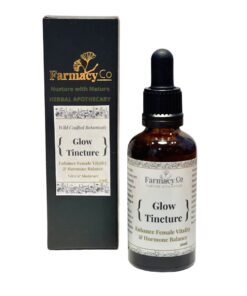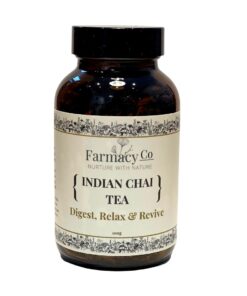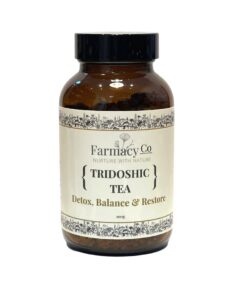
(Air & Space)
Vata’s elemental makeup consists of air and space (ether or a vacuum). The common translation of Vata is “that which moves.” Vata is often referred to as vayu (wind) in the body, and it is the primary motivating force of the body—without it, the other doshas are unable to move.
PHYSICAL CHARACTERISTICS OF VATA
Vata types have thin, light frames and excellent adaptability. Their energy comes in bursts and they are likely to experience sudden bouts of fatigue. Vatas typically have dry skin and cold hands and feet. They sleep lightly and their digestion can be sensitive.
When balanced – Vata types are energetic, creative, inspirational.
When imbalanced – Vatas types tend to lose weight and suffer from constipation. Prolonged Vata imbalance leads to anxiety, weakness of muscles and joints, arthritis, aches and pains often diagnosed as fibromyalgia.
EMOTIONAL CHARACTERISTICS OF VATA
Vatas love excitement and new experiences. Their bodies and minds move quickly and efficiently.
When balanced – They are energetic, creative, and flexible. They can be silent or helpful and lively conversationalists.
When imbalanced – Vatas are prone to worry, anxiety, nervousness, and often suffer from insomnia. Prolonged imbalance lead to clinical anxiety and phobia’s.
When Vata’sfeel overwhelmed or stressed, they blame themselves for everything and their response is: “What did I do wrong?”
How to balance Vata
1. Follow the dietary guidelines in diet plan below.
2. Maintain a consistent daily routine and keep exercises gentle. Take care of your joints.
3. Make time every morning to meditate. Just spend a few moments with your eyes closed, paying attention to your thoughts as they pass through your mind.
4. Massage your gums with sesame oil or ghee. You may experience problems with receding or bleeding gums – gum massage will help reduce this.
5. Use water as hot as you can tolerate for showering or bathing as this stimulates circulation. Then gently massage your skin with a nourishing oil like the Vata Body oil.
6. Practice the I-Yoga Moon Salutation every evening. This yoga flow stretches and relaxes every muscle in the body. If you breathe correctly as you move then you begin to relax the mind too. Initially complete 6 cycles and over a few weeks build yourself up to 24 cycles.
7. Find time for rest and to nurture yourself. Seek or create calm, safe, and comforting environments.
8. Have regular Ayurvedic massages like the Abhyanga Ritual as this is soothing and grounding for Vatas.
9. Avoid very cold and windy conditions, as well as dry climates. If out in cold or breezy conditions ensure that head and neck are covered.
10. Minimize travel and too much movement; avoid loud and noisy places as well as crowds. Try to take silent retreats and time alone as often as possible.
11. The colours that we wear have an effect on our mood. Colours that help balance Vata are: yellow, orange, and red. There is no need to wear an entire outfit in these colours but treat yourself to a winter shawl or summer scarf if you do not already have one in this colour.
If you want to keep your Vata balanced for each season we have the perfect suggestion. Our Seasonal Dosha collection is delivered to your door with all of the tips, recipes, herbs and oils for maintaining balance throughout the year.













